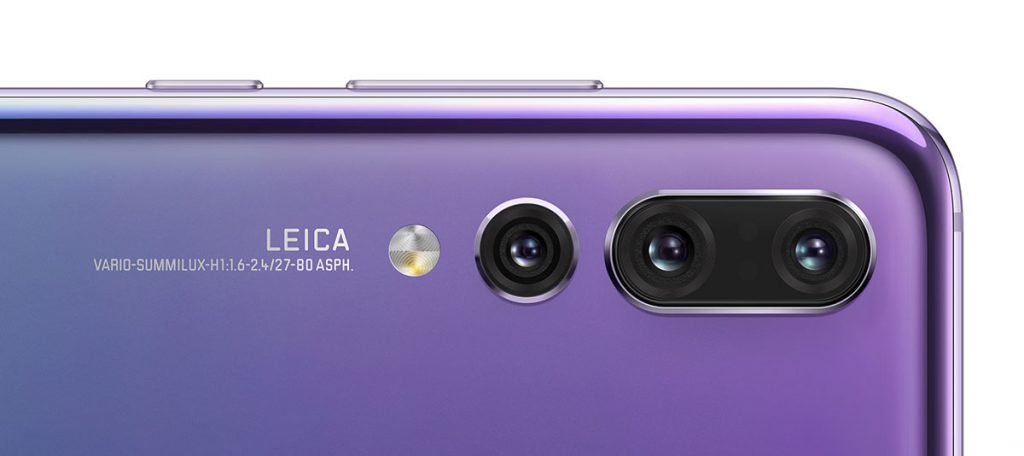
Samsung’s reign as the best smartphone camera in the world did not last very long — under four weeks. Huawei have now set the new DxOMark standard with the release of their new P20 flagship line overnight.
Huawei have been improving the cameras in their flagships in recent years and now – with the release of the P20 series – have landed at the top of the heap. Each time a flagship smartphone is released DxOMark run it through a variety of tests in various conditions to determine where the camera sits compared to others.
DxOMark obviously got their hands on a P20 and a P20 Pro well before the announcement last night, publishing their findings today — and they are impressive. The P20 scored higher than any other smartphone around with a score of 102 (Galaxy S9+: 99, Pixel 2: 98), until it’s big brother was tested. The P20 Pro smashed them all with a score of 109, by far the new benchmark when it comes to smartphone cameras.
The DxOMark score is based on various different photographic parameters including bright light, low light and flash, zoom and bokeh, exposure and contrast, colour, autofocus, texture, noise and artefacts. The final score is then calculated based on all these parameters and how the camera fared for each. Each are also weighted different amounts so what is great for one person another might think not so much. For more information check out DxOMark.
Huawei P20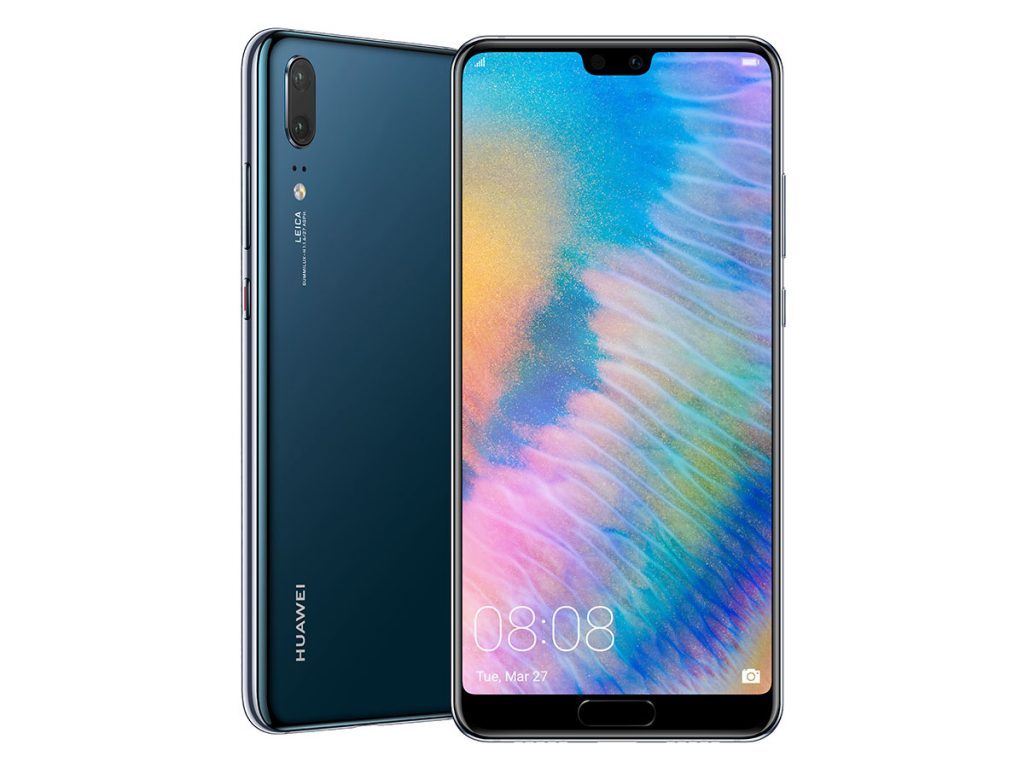
DxOMark compared the P20 camera to the Pixel 2 and the iPhone X with very good results in all categories. You can see some examples of the images produced and compared below:
DxOMark came to the conclusion that Huawei’s ability to take the camera from the P10 and “refine it to put it ahead of the competition..by a nice margin”.
It captures images with good detail and low noise levels in all light conditions and comes with a fast and reliable autofocus system. The bokeh mode produces natural results and the zoom is the best we have seen on any device without a dedicated tele-lens.
The story is very similar for video mode, where the P20 can particularly shine with its smooth stabilization and responsive and reliable autofocus. The Huawei P20 really does it all and is an easy recommendation to any mobile photographer who expects top-end performance in a wide variety of shooting situations and scenarios.
Pros
- Excellent balance between texture and noise
- fast and accurate autofocus
- very good detail for close range zoom
- Bright and vivid colors in most situations
Cons
- Occasional orange or purple white balance casts
- Noticeable color fringing, halos and loss of sharpness in the field
- Strong color nonuniformities and pinkish skin tones when shooting with flash
Video Pros
- Very efficient stabilization
- Fast, repeatable, and accurate autofocus
- Good target exposure indoors and in low light
Video Cons
- Luminance noise in textured areas under indoor conditions and in low light
- Slight stepping during exposure convergence
- Some loss of fine detail in bright light
P20 Pro
The Huawei P20 Pro houses the all-new triple rear camera with a multitude of impressive specs and features. It has a large sensor in the main camera allowing for the capture of more light — it also has a black and white sensor to aid this. The monochrome sensor helps with depth estimation in their bokeh effect and also with improving light levels when zooming and in low light.
Once again the P20 Pro was compared with the iPhone X and the Pixel 2. Check out the results below:

P20 Pro
Not surprisingly, given the results pictured above, DxOMark were glowing in their praise of the P20 Pro’s camera — in fact they used the words “game changer”. They concluded that it seems that Huawei skipped not just one but two generations of camera iteration with the camera in the P20 Pro.
Being able to pick the best camera for a specific shooting situation and computationally merge the image data from all three sensors means that the new Huawei beats the competition in virtually every category, taking the number one spots in both our Photo and Video rankings. The P20 Pro is particularly good in low light, when zooming, and for bokeh simulation, blowing its direct rivals out of the water. If you are looking for the current best camera in a smartphone, look no further.
Pros
- Very good detail when zooming, especially at medium and long range
- Image noise well under control
- Fast and accurate autofocus
- Good target exposure and very wide dynamic range, especially in bright light
- Very good flash performance in all conditions
Cons
- Occasional orange/pink cast on bright light and indoor conditions
- Some artifacts, particularly aliasing and halos on HDR scenes
- Exposure, AF and white balance instabilities with zoom
Video Pros
- Very efficient stabilization
- Fast, repeatable, and accurate autofocus
- Very low noise levels in all conditions
Video Cons
- Slight stepping during exposure convergence
- Frequent aliasing
- Loss of some fine detail in bright light
Of course, we have Jason on the ground in Paris and he has a P20 Pro in hand. He was able to the some amazing picutres in a very short period of time:
Over at Pickr, Leigh Stark (who also attended the launch in Paris) is very excited about the camera and has taken a close look from a photographer’s perspective. Check out Leigh’s detailed look at the P20 Pro’s camera capabilities.
To sum it up the P20 and the P20 Pro both have amazing cameras. The P20 alone is better than any camera from any other smartphone manufacturer out there. Not content with that Huawei have excelled with the P20 Pro bringing an innovative camera setup and images to match. The P20 Pro sets a very high benchmark now that other manufacturers will have trouble matching, it is that far ahead.
Are Huawei onto a winner here? Would you go and buy one now that you have seen this?

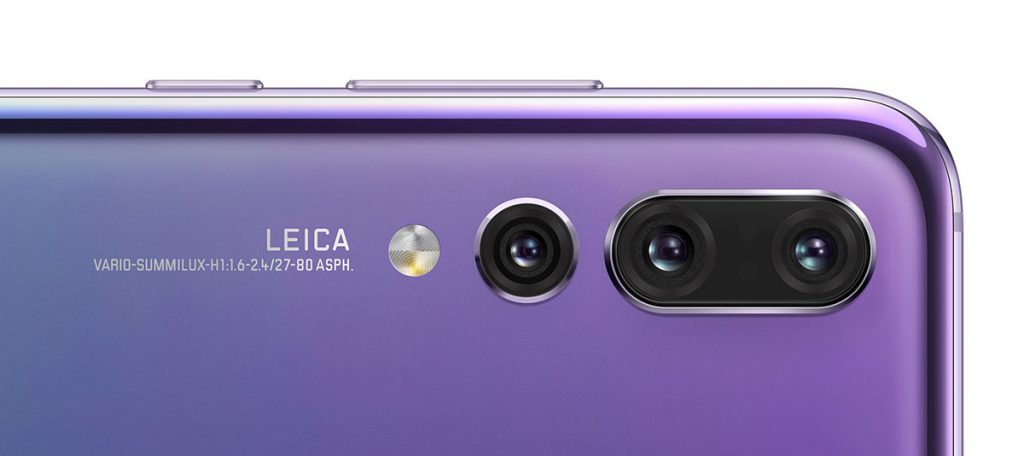
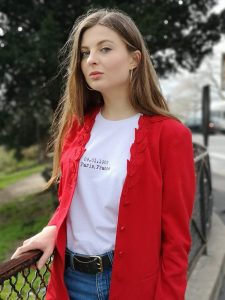

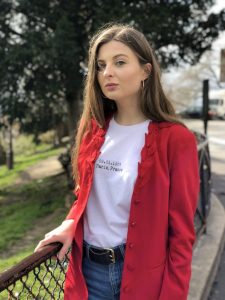

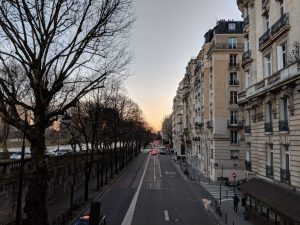





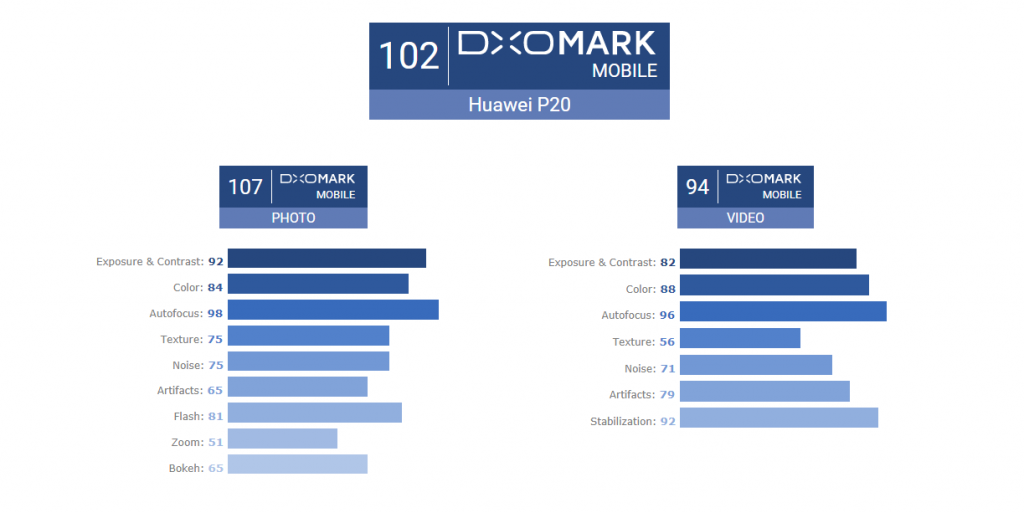
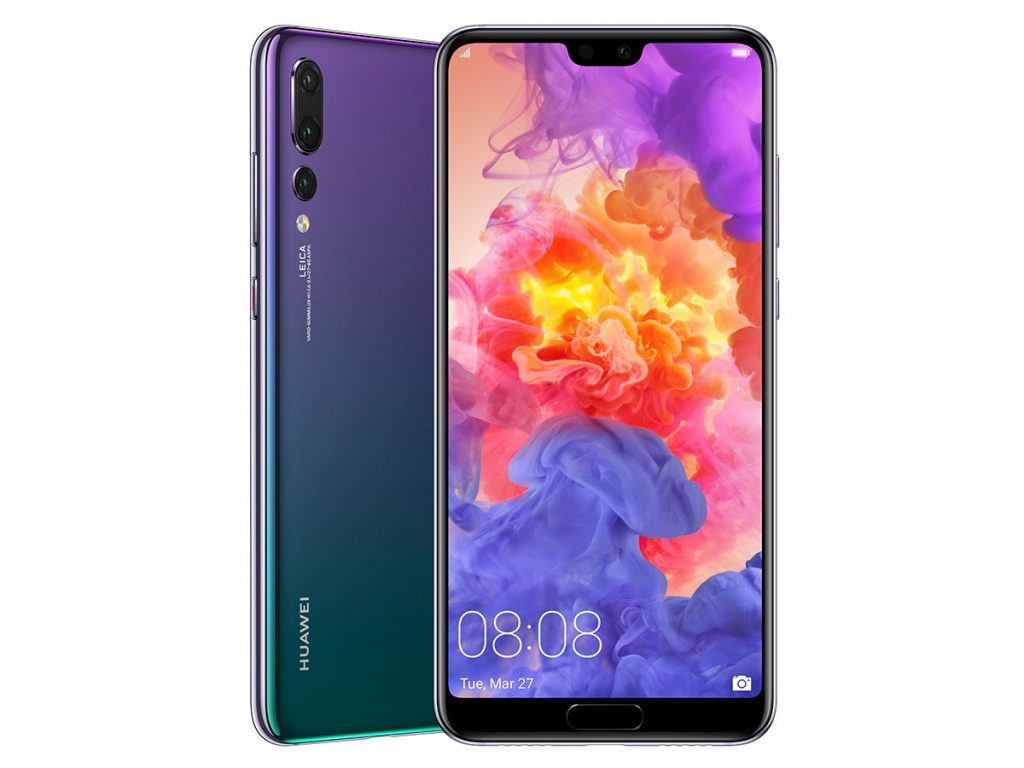



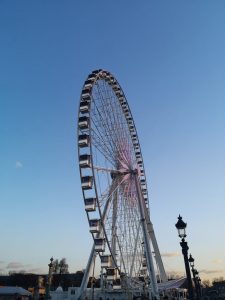












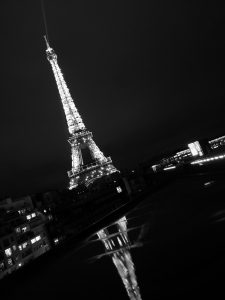



Wow!! That bracketed image of the Eiffel Tower is something else!
Please tell me this thing is coming to aus
Wow. Those Eiffel Tower shots were from a tripod I presume? Considering the shutter speed.
Nope. They were handheld.
Jason has this in his write up for the P20 Pro launch:
It’s also using AI to power a new stabilisation system that can hold a choppy video with lots of movement together in-shot, and will allow you to shoot a practically-unheard-of 6 seconds of long exposure photo handheld without the need for a tripod. This is a super bold claim, and one we’re looking forward to putting to the test.
Well, he’s tested it 😉